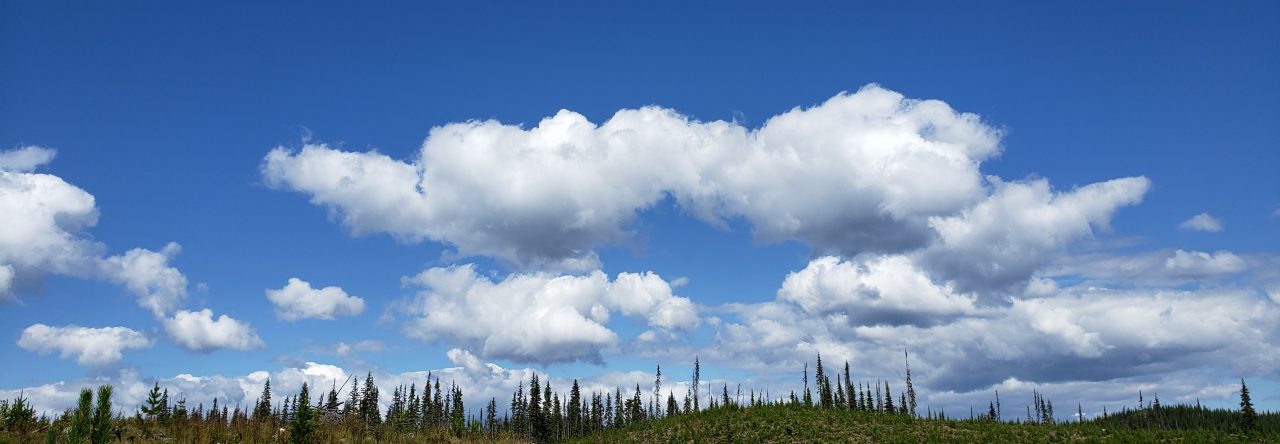(Originally published as a column in the AM News on October 24, 2014)
 On the morning of October 22 a storm of bad news pounded through all media outlets starting from the east, and by the time western Canada opened their eyes to the world, tweets bearing the hashtag #Ottawashooting kept coming faster that you could read them. The attack on the Parliament building and the cowardly shooting of Cpl. Nathan Cirillo, the reservist who was standing guard at the National War Memorial, made it clear that nothing should be taken for granted.
On the morning of October 22 a storm of bad news pounded through all media outlets starting from the east, and by the time western Canada opened their eyes to the world, tweets bearing the hashtag #Ottawashooting kept coming faster that you could read them. The attack on the Parliament building and the cowardly shooting of Cpl. Nathan Cirillo, the reservist who was standing guard at the National War Memorial, made it clear that nothing should be taken for granted.
The raw footage from inside the Parliament building where you hear shots being fired, many of them, voices overlapping and you see people running for cover, and the photos that kept coming all day long together with news, suppositions that perhaps more shooters are on the loose, made it all look like the country was under siege. Senseless attacks like this create the kind of smoke that is the hardest to get out of: fear.
Feelings of disbelief and anger were amplified by a previous senseless attack. On Monday, two Canadian soldiers got ran over in a parking lot in Quebec by an individual whose actions were linked to terrorism and whose activity had been monitored by the RCMP since knowledge of radical thinking was brought to their attention. Sadly, the abominable attack could not be prevented. Only one soldier survived.
We know for a fact, a disappointingly sad one that is, that the two alleged killers in these two latest attacks are Canadian. I find that hard to accept and understand. It is a sacrilege to turn against your own people and wrong to attack anyone simply because they wear a uniform. If their alleged connection to terrorist groups proves to be true, the question remains: What makes an extremist group and their ideology so appealing to people who live in a country where different values are emphasized?
Standing together against whatever evils might come from any violent groups outside of Canada makes sense, but sense goes missing when the attacks come from within. Is fear the answer though? Not at all.
Fear can make us watch our backs in ways that breed paranoia rather than prevent violence. Maintaining a neutral position on most political matters or simply keeping to yourself is not an option either. Having opinions, discussing and sharing thoughts makes us visible in the social context, and that helps address issues that might otherwise be milled inside our heads ad nauseam with no results.
Every time a senseless attack such as the one that took down three RCMP officer in Moncton, NB, or the one in Quebec, and lastly, the one on Ottawa, I cannot help but ask about the social circumstances that send the alleged criminals into a killing frenzy and whether we could do more to stop them.
It makes me wonder if we address mental and social issues the right way in order to prevent violence of any kind, from domestic to armed attacks on governmental institutions and their employees. It also makes me wonder if we have enough collective social responsibility to recognize when one of us is on the wrong path and once we do, to address it somehow, with help from the very authorities that may be under attack if we don’t.
We are a friendly country and the joke goes that you know you’re Canadian when you apologize when someone steps on your foot. Being at peace collectively is a good attitude, yet there is a fine line between not being bothered and not getting involved no matter what.
A wake up call such as the one that ensued from two innocent people dying needlessly points to an acute need to do better. Not out of fear but in order to tighten the social fabric that helps us stay strong and ready to defend our country’s values and beliefs.
We are but a few weeks away from Remembrance Day and this year, though we are not at war with another country, nor do we have any inside war-causing political turmoil, we will have a few more fallen soldiers and RCMP officers to honour, all killed senselessly while performing their duty or simply wearing their uniform.
Living in fear is not an option; fear creates havoc and breeds anger and violence. Yet the latest attacks tell us that something needs to be done. Watching our backs constantly and thinking the worst of everyone around is not the answer, but emphasizing the values we stand for as a nation and defining social responsibility can be a good start.


